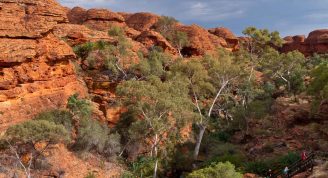Description
Travel from Zanzibar’s pristine coastline to the southern hub of Cape Town to see an array of amazing African vistas. Sample the exotic flavours of Africa’s ‘Spice Island’, relax on Kande Beach at Lake Malawi, scale the sand dunes in Sossusvlei, glide through the Okavango Delta by local mokoro and keep your eyes peeled for elephants, hippos, crocodiles and lions on your multiple included game drives. With an expert local leader and a small group of eager travellers joining you each step of the way, this incredible adventure will open your eyes to the natural beauty of southern Africa.
- Chill out on the northern beaches of Zanzibar, enjoying white sand and sparkling blue sea of the Indian Ocean, and stroll the cobbled streets of Stone Town.
- Join an expert guide to track rhinos on foot in Matobo National Park. Discover black and white rhinos and other game while learning about the cultural and spiritual importance of the many ceremonial sites, San paintings, and rock formations.
- Spot elephants, hippos, giraffes, lions, zebras, buffalo, warthogs, wildebeest, impalas and more on not one but five included 4WD safari drives.
- Enjoy a full-day game drive in Etosha National Park, home to a wide range of southern Africa's wildlife, including the endangered black rhino.
- Choose from a range of optional activities at Victoria Falls so you can see the cascades the way you want, and maybe treat yourself to an unforgettable helicopter ride.







